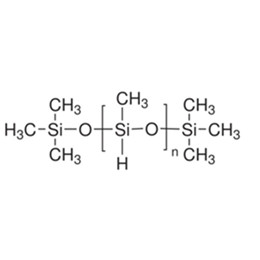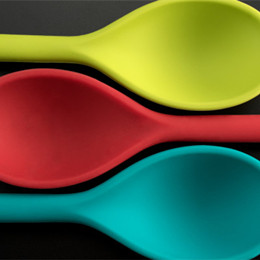The structure of thermosetting liquid silicone rubber (LSR) injection molds is, in general, similar to that used for thermoplastic compounds, but there are a number of significant differences. For example, Liquid silicone rubber properties generally have a low viscosity and therefore very short filling times, even at very low injection pressures. In order to avoid air trapping, it is essential to have a good air vent in the mold.
In addition, LSR compounds do not shrink as much as thermoplastic compounds in the mold; they tend to expand when hot and shrink slightly when cold. As a result, the product does not always remain on the convex side of the mold as expected but is trapped in the cavity where the surface area is larger.
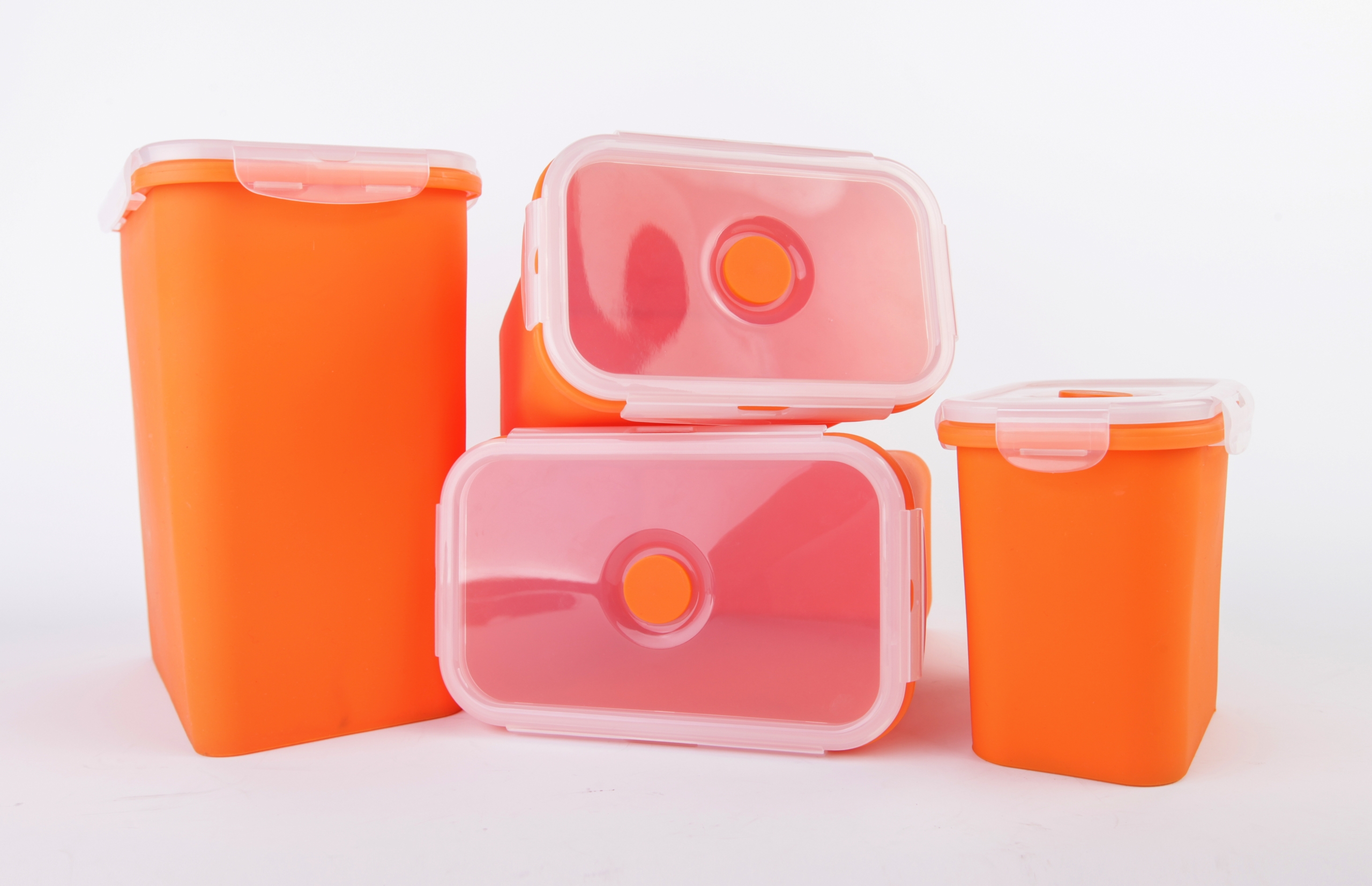

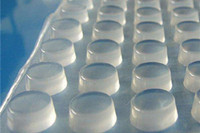
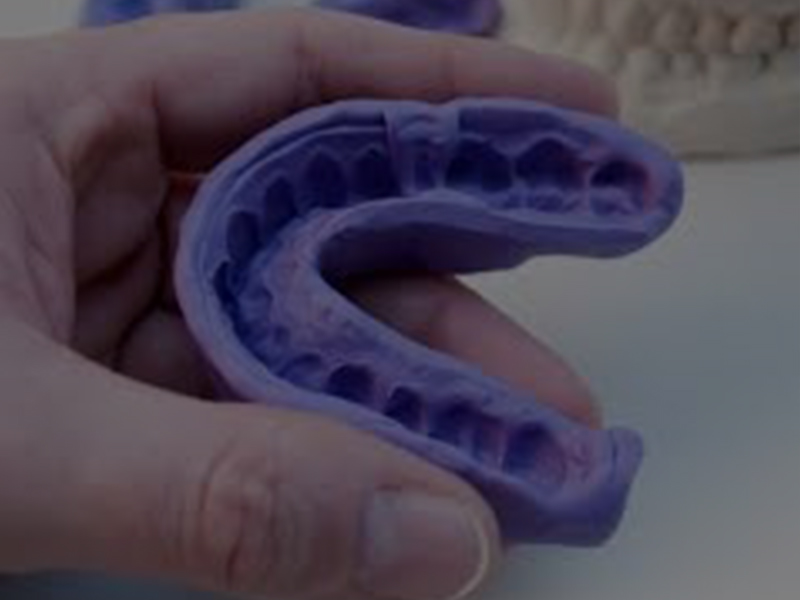
1. Shrinkage rate
Although LSR does not shrink in the mold, they will often shrink by 2.5% to 3% after demolding and cooling. The exact amount of shrinkage depends to some extent on the formulation of the compound. However, from a mold point of view, the shrinkage can be influenced by several factors, including the temperature of the mold, the temperature of the compound when it is demolded, as well as the pressure in the mold cavity and the subsequent compression of the compound.
The location of the injection point is also worth considering as the shrinkage in the direction of the flow of the adhesive is usually greater than that perpendicular to the flow of the adhesive. The external dimensions of the product also have an effect on the shrinkage, with thicker products generally having less shrinkage than thinner ones. If secondary vulcanization is required, there may be an additional shrinkage of 0.5-0.7%.
2. Parting Lines
Determining the location of the parting line is one of the first steps in designing a silicone rubber injection mold. Exhaust is mainly achieved through grooves located on the parting line. The groove must be in the last area of the injection compound to help avoid internal air bubbles and reduce strength loss at the bond.
Due to the low viscosity of LSR materials, the parting line must be precise to avoid spillage. Even so, parting lines are often seen on shaped products. The release is affected by the geometry of the product and the location of the parting surface. Designing the part with a slight chamfer helps ensure that the part has a consistent affinity for the desired other half of the cavity.
3. Exhaust
With the injection of LSR, the air trapped in the mold cavity is compressed when the mold is closed and then is expelled through the vent grooves as the mold fills. If the air cannot be completely expelled, it will stay in the rubber compound (this often causes the white edge of the product to be partially exposed). The exhaust groove is generally 1-3mm wide and 0.004-0.005mm deep.
Vacuuming inside the mold creates the best venting effect. This is achieved by designing a gasket on the parting line and using a vacuum pump to quickly evacuate all the mold cavities. Once the vacuum reaches the rated level, the mold is fully closed and injection begins.
Some injection molding equipment allows operation with a variable closing force, which allows the processor to close the mold at low pressure. Wait until 90%-95% of the mold cavity is filled with LSR (to make the air easier to discharge), and then switch to a higher closing force to prevent the silicone rubber from expanding and overflowing.
4. Injection point
Molding LSR with a cold runner system maximizes the benefits of this compound and maximizes production efficiency. By processing the product in such a way, it is not necessary to remove the injection channel, thereby avoiding increasing the labor intensity of the operation, and sometimes avoiding a large amount of waste of materials. In many cases, ductless construction also reduces operating time.
The compound injection nozzle is controlled by a needle valve for forwarding flow control. At present, many manufacturers offer injection nozzles with air-operated switches as standard equipment and can be placed in various parts of the mold. Some mold-makers have developed an open cold runner system that is so small that multiple injection points (and thus the entire cavity) are required to fit within the extremely limited mold space. This technology makes it possible to mass-produce high-quality silicone rubber products without the need to separate the glue nozzle.
If a cold runner system is used, it is important to create an effective temperature separation between the hot cavity and the cold runner. If the runner is too hot, the compound may begin to cure before injection; however, if it cools too quickly, it will absorb too much heat from the gate area of the mold, resulting in an incomplete cure.
For products injected with conventional sprues (such as submerged sprues and conical sprues), it is appropriate to use small-diameter injection ports for feeding (feeding port diameter is usually 0.2-0.5mm) for pouring. For low viscosity LSR compounds, like thermoplastic compounds, it is important to balance the runner system so that all mold cavities can be filled evenly with the compound. Using the simulation software for designing the runner system, the development process of the mold can be greatly simplified, and its effectiveness is proved by the mold filling test.
5. Demolding
Liquid silicone rubber that has been vulcanized tends to adhere to the surface of metal, and the flexibility of the product can make it difficult to release. The high-temperature tear strength of LSR allows it to be released under normal conditions without damage to even larger products. The most common release techniques include: stripper plate release, stripper pin release, and pneumatic release. Other common release techniques include roller scraping, export plate release, and automatic mold removal.
When using a mold release system, it is important to keep it within a high precision range. If the clearance between the top push pin and the guide pin sleeve is too large, or if the gap between the parts becomes large due to prolonged wear, it may cause glue spillage. The inverted conical or mushroom-shaped top push pin is very effective because it allows a larger contact pressure to be applied and facilitates better sealing.
6. Mold materials
Mold pallets are commonly made of non-alloy tool steel (1.1730, DIN code C45W). For mold pallets that need to high-temperature resistance of 170°C-210°C, pre-tempered steel (1.2312, DIN code 40CrMn) should be used in consideration of impact resistance. -MoS86) manufacture. The mold pallet with the mold cavity, it should be made of tool steel that has undergone nitriding or tempering heat treatment to ensure its high-temperature resistance.
For liquid silicone rubbers with high filling levels, such as oil-resistant LSRs, it is recommended to use materials with a higher hardness to make the mold, for example, bright chrome-plated steel, or powder metal specially developed for this purpose (1.2379, DIN code X155CrVMo121). When designing molds for high-wear materials, those parts that are subject to high friction should be designed to be replaceable so that the entire mold does not have to be replaced.
The inner surface of the cavity has a great influence on the finish of the product. Most obviously, the shaped article will conform exactly to the cavity surface. Molds for transparent products shall be made of polished steel. Surface-treated iron/nickel steel is extremely wear-resistant, while polytetrafluoroethylene (PTFE)/nickel makes demolding easier.
7. Temperature control
Generally speaking, it is advisable to use electric heating for the molding of liquid silicones, which is usually heated by a belt heater, a cartridge heater, or a heating plate. It is critical that the temperature field is evenly distributed throughout the mold to promote uniform fast curing of the LSR. On large molds, the most cost-effective heating method is to push the oil temperature to control the heating.
Covering the mold with a thermal insulation board is beneficial to reduce heat loss. Improper fit of any part of the hot mold may subject it to large temperature fluctuations between operations, or cause outgassing. If the surface temperature drops too low, the curing speed of the compound will slow down, which often makes the product unable to release the mold, causing quality problems. A certain distance should be maintained between the heater and the parting line to prevent the template from being warped and deformed, resulting in the formation of overflowing burrs on the finished product.
When designing a mold for a cold runner system, complete separation must be ensured between the hot and cold ends. It can be made from a special titanium alloy because its thermal conductivity is much lower than other steels. For an integral mold heating system, the heat shield should be placed between the mold and the mold pallet to minimize heat loss.
Proper design and conception ensure liquid injection molding, where molds are important. The above-mentioned mold design principles are aimed at filling the mold cavity with the rubber compound, shortening the curing time, improving the quality of the finished product, and increasing the output so that the silicone rubber processor can obtain good economic benefits.
XJY Silicones-Excellent choice of raw material supplier of liquid silicone rubber
| XJY Silicones, one of China's leading Silicone MQ resin and VMQ silicone manufacturers, has 30+ years of R&D and manufacturing experience and 15+ related patents in the silicone industry. According to customer specifications and demanding applications, our various grades of VMQ silicone resin and solutions can be used in combination with the platinum catalyst to make silicone rubbers with chemical resistance, and a low compression set. |

